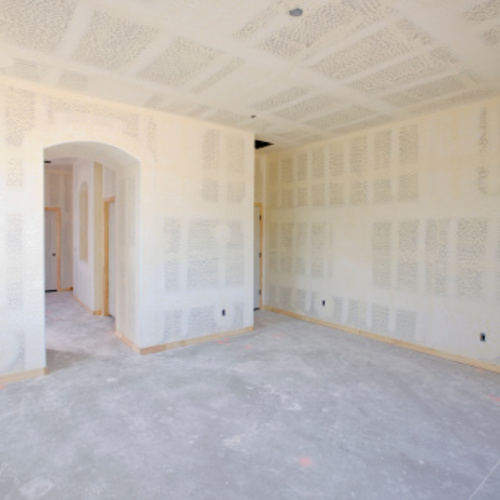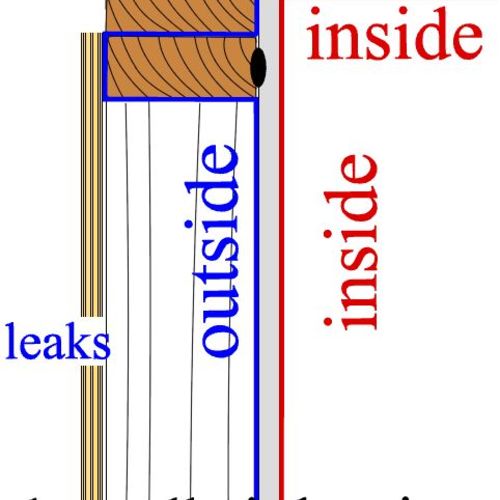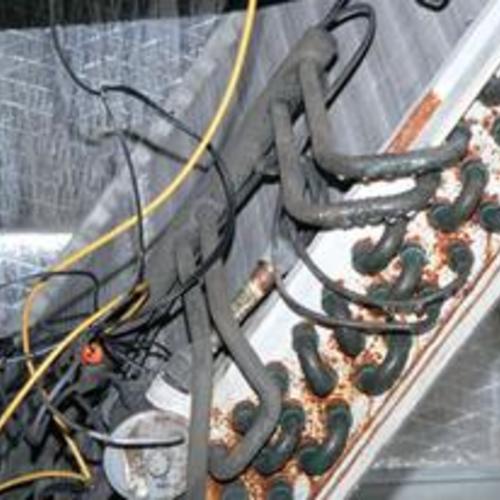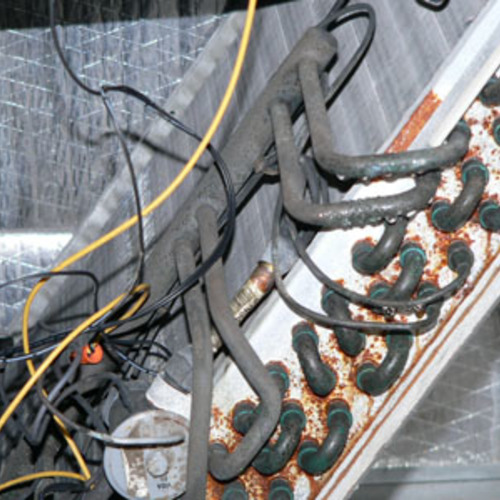It is only a first step in what likely will be a long walk toward complete resolution, but a settlement agreement between Knauf Plasterboard Tianjin and Beazer Homes USA, announced over the weekend, at least begins to address litigation surrounding defective Chinese drywall.
At least some of the drywall’s defects have been proven – it off-gasses foul-smelling hydrogen sulfide, which corrodes metal fixtures and makes home interiors virtually uninhabitable – Knauf Plasterboard Tianjin, or KPT, seems to be addressing potential liability in the most cost-effective way it can, since an unfavorable ruling in court could prove far more expensive. An attorney for a law firm representing KPT told the Wall Street Journal that the company was negotiating settlements with as many as 10 other builders who had used the drywall.
The settlement amount for Beazer, which had not formally sued KPT, was not disclosed. But the Journal noted the builder has identified about 50 homes in Florida that it built with the faulty drywall, and that experts say the cost of replacing the drywall and corroded wiring, fixtures, and appliances probably will average $100,000 per home. Three builders and almost 200 homeowners have filed federal lawsuits against KPT over the product defects.
More than one source of liability
KPT was not the only exporter of China’s defective drywall. In early April, a federal district judge in New Orleans awarded $2.6 million in damages to seven Virginia families who sued Chinese state-owned drywall manufacturer Taishan Gypsum Company, which didn’t respond to legal filings in the case or appear in court to defend itself.
But even if manufacturers and exporters of the drywall were to settle all suits over its performance as a building material, another potential liability likely will have to be addressed later on: the health problems apparently caused by the gasses released by the drywall. If it’s eventually proven that the drywall was a health hazard – one, perhaps, that has caused long-term ill effects – full resolution could be considerably more expensive and time consuming.
The president of the Florida Home Builders Association, John “Chuck” Fowke, pointed out to the Journal that settlements covering replacement of the defective drywall may only be a first step. “At this point houses that have been completed with full remediation are still viewed as a liability. Is cross contamination a possibility?” he told the paper. “I could go on and on, but the fact is that there is much uncertainty surrounding drywall imported from China.”
Weekly Newsletter
Get building science and energy efficiency advice, plus special offers, in your inbox.















0 Comments
Log in or create an account to post a comment.
Sign up Log in